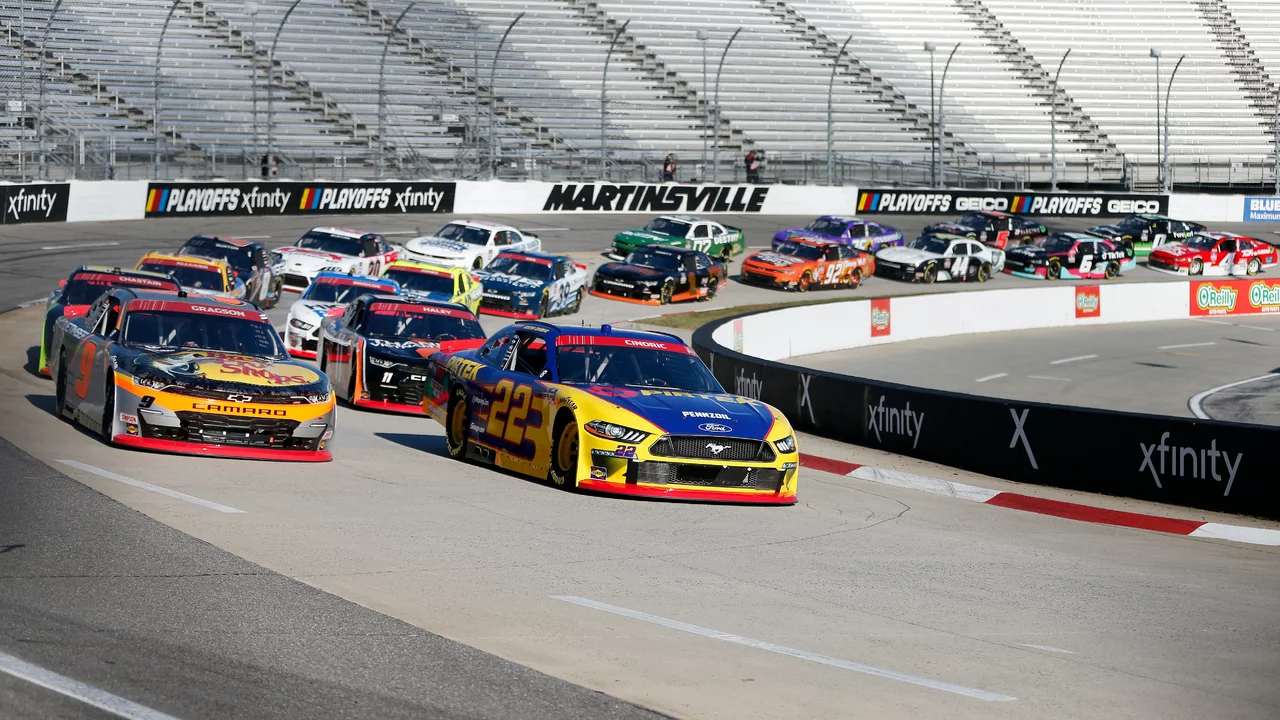Motorsport Challenges: What Keeps Drivers Up at Night
Racing isn’t just about fast cars and loud engines. Every driver, crew member, and team deals with a long list of obstacles that can make or break a season. From grueling training sessions to tight budgets, the hurdles are real and often unexpected. Let’s break down the biggest challenges you’ll meet if you want to survive – and thrive – in the world of motorsport.
Physical & Mental Hurdles
First up, the body and brain. A race car can pull more than 1,000 horsepower, so you need a heart that can handle the G‑forces, a neck that won’t give out on a corner, and reflexes that fire in a split second. Most pros spend hours in the gym, doing cardio, strength work, and flexibility drills. Nutrition matters too – a balanced diet fuels those long practice days and those extra‑late nights reviewing data.
But physical fitness is only half the story. The mental game is brutal. Drivers stare at a screen of telemetry for hours, then step into a cockpit where a single mistake can cost them the race or their safety. Techniques like visualization, breathing exercises, and a solid pre‑race routine help keep nerves in check. You’ll hear many racers say the mind is the real engine – if it stalls, the car can’t move.
Technical & Financial Barriers
Next, the tech side. Every car is a moving piece of machinery that needs constant tweaking. Suspension settings, tire pressures, aerodynamic tweaks – each adjustment can shave milliseconds off a lap time. Teams rely on data engineers, simulators, and test days to find the perfect balance. If you’re starting out, you’ll probably rent a chassis or join a junior team, which means learning to give clear feedback and trust the engineers.
Money talks louder than any engine roar. Running a competitive program costs millions – from travel and entry fees to parts and staff salaries. Most drivers chase sponsorships, social media exposure, and prize money to keep the budget alive. Knowing how to pitch yourself, build a personal brand, and deliver value to sponsors is as important as any lap time you set.
Safety regulations add another layer of complexity. Modern series have strict crash‑test standards, mandatory safety gear, and continuous monitoring of driver health. Staying up‑to‑date with the latest safety protocols not only protects you but also keeps you eligible to race.
Balancing racing with life can feel like a high‑speed juggling act. Training, travel, family, and even a day job can all compete for your attention. Planning ahead, setting realistic goals, and allowing time for rest help prevent burnout. Remember, a fresh mind and body perform better on the track.
If you’re serious about beating these challenges, start small. Get a fitness plan you can stick to, learn basic telemetry language, and reach out to local teams for mentorship. Build a network, showcase your progress on social platforms, and always be ready to adapt. The road to the podium is full of bumps, but every obstacle you overcome brings you one step closer to that checkered flag.

Why don't we have an endurance race in Formula 1?
by Davion Strider / 3 Aug 2023So, have you ever pondered the lack of an endurance race in Formula 1? I mean, who wouldn't love to see those magnificent machines (and their equally magnificent drivers) pushed to their limits in a marathon-like event? Well, the answer, my friends, lies in the thrilling, yet brief nature of F1 races. It's all about short, intense bursts of excitement - like a good action movie that doesn't drag on forever. Plus, let's not forget the logistics - imagine the pit crew's faces when asked to refuel and change tires for 24 hours straight!

What is so difficult about NASCAR racing?
by Davion Strider / 20 Jul 2023NASCAR racing, from an outsider's perspective, might seem simple. However, there's a lot more to it than meets the eye. The sport requires top-level physical fitness, superior concentration, and expert technical knowledge. You have to deal with the intense heat inside the car, high speeds, and the pressure of maintaining your car's condition throughout the race. It's definitely not as easy as just driving in circles on a track!


